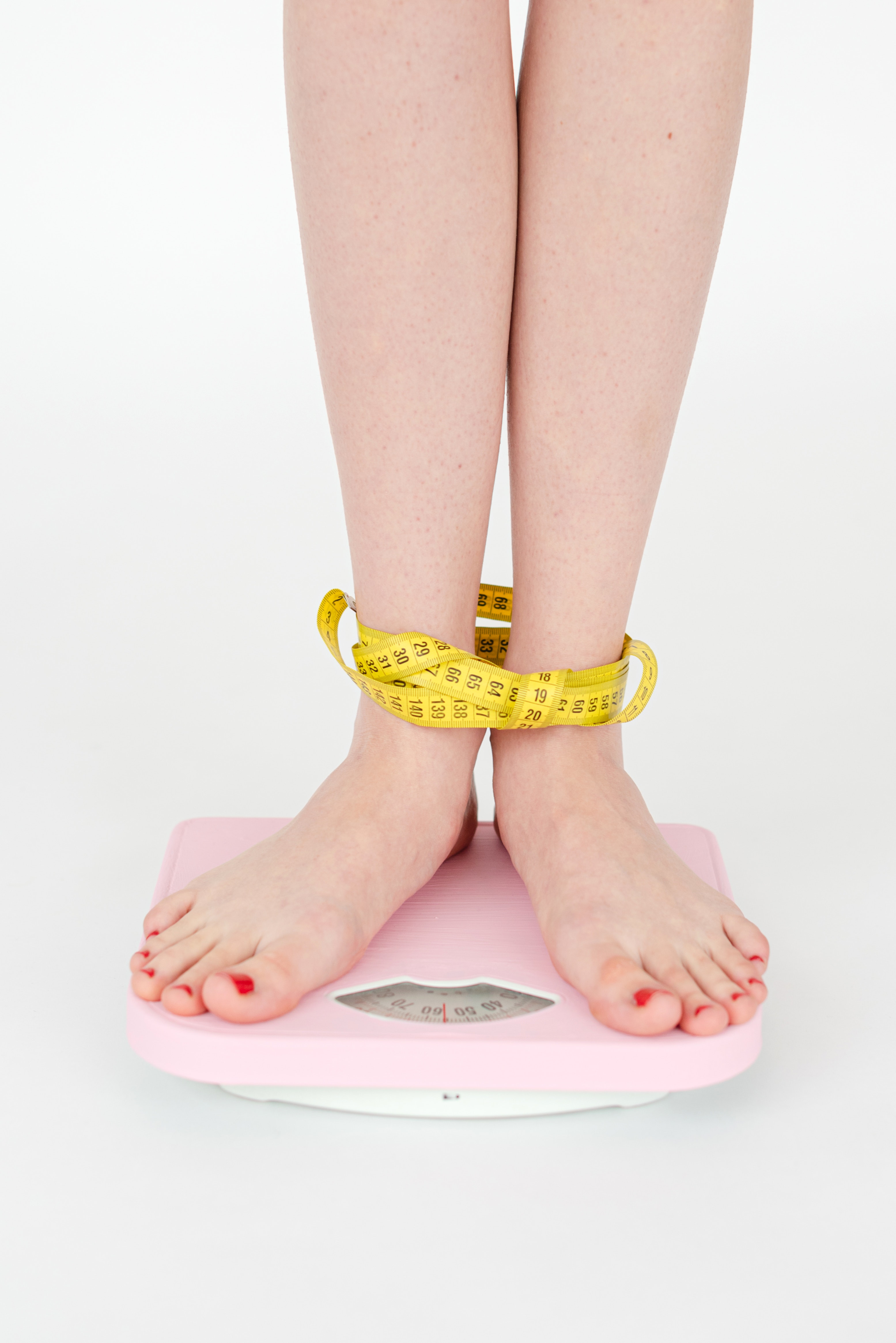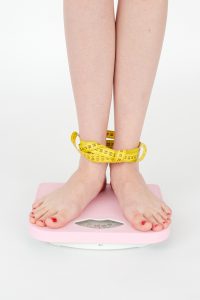




If you’re working out, scales can be particularly deceptive.
When you workout, you build muscle tissue. Muscle tissue weighs more per cubic inch than fat tissue does. If you weigh 140 pounds, but it’s mostly fat, you’ll wear a larger clothing size than if you weigh 140 pounds and it’s mostly muscle. Not only does having more muscle tissue make you look thinner than someone that has your same height and weight, it also makes you burn more calories. Muscle tissue requires extra calories to maintain. Even if your scales say you’re not making progress, you’ll be right on track if your clothes are looser.
Take a few photos to check your progress.
You’ll see the difference if you start by taking a photo. Find clothing that fits close to the body and allows you to see your size clearly. Make sure to stand in the same distance from the camera with objects in the background that offer some perspective. Every month, put on those same clothes, stand in the same spot and snap another picture. As the months progress, you’ll be able to see the difference over several months, something that’s hard to notice on a day-to-day basis.
Take measurements, especially around your middle.
Weight around the middle is called visceral fat. It’s the most dangerous type of fat since it crowds the organs. It’s also the hardest type of fat to burn. Once a week take your measurements, focusing first on the waistline. Measure the Bicep / upper arm-both left and right, the calves, chest, forearm, hips, neck, shoulders and thighs. If your goal is to lose weight, your waist measurement should be your primary focus, but the others also provide important information on your road to fitness.
- Judge your progress with tracking that reflects your reason for exercise. If it’s to build energy, choose how many flights of stairs you can climb without getting winded. If it’s health, use blood pressure or other measures as a guide.
- Check your productivity as a measurement of fitness. You’ll be surprised to find that even mental endeavors go more quickly when you’re fit.
- When you weigh yourself too frequently, sometimes several times a day, your scales may be right, but your body undergoes constant weight fluctuations due to water weight and more. Always check the same time of day, morning is best.
- While the scales may lie in the short term, they do reveal a lot over several weeks or months. If you haven’t been true to your program and weight loss is your goal, after a few weeks with no change, it’s time to get back on track.
For more information, contact us today at Travel Trim
